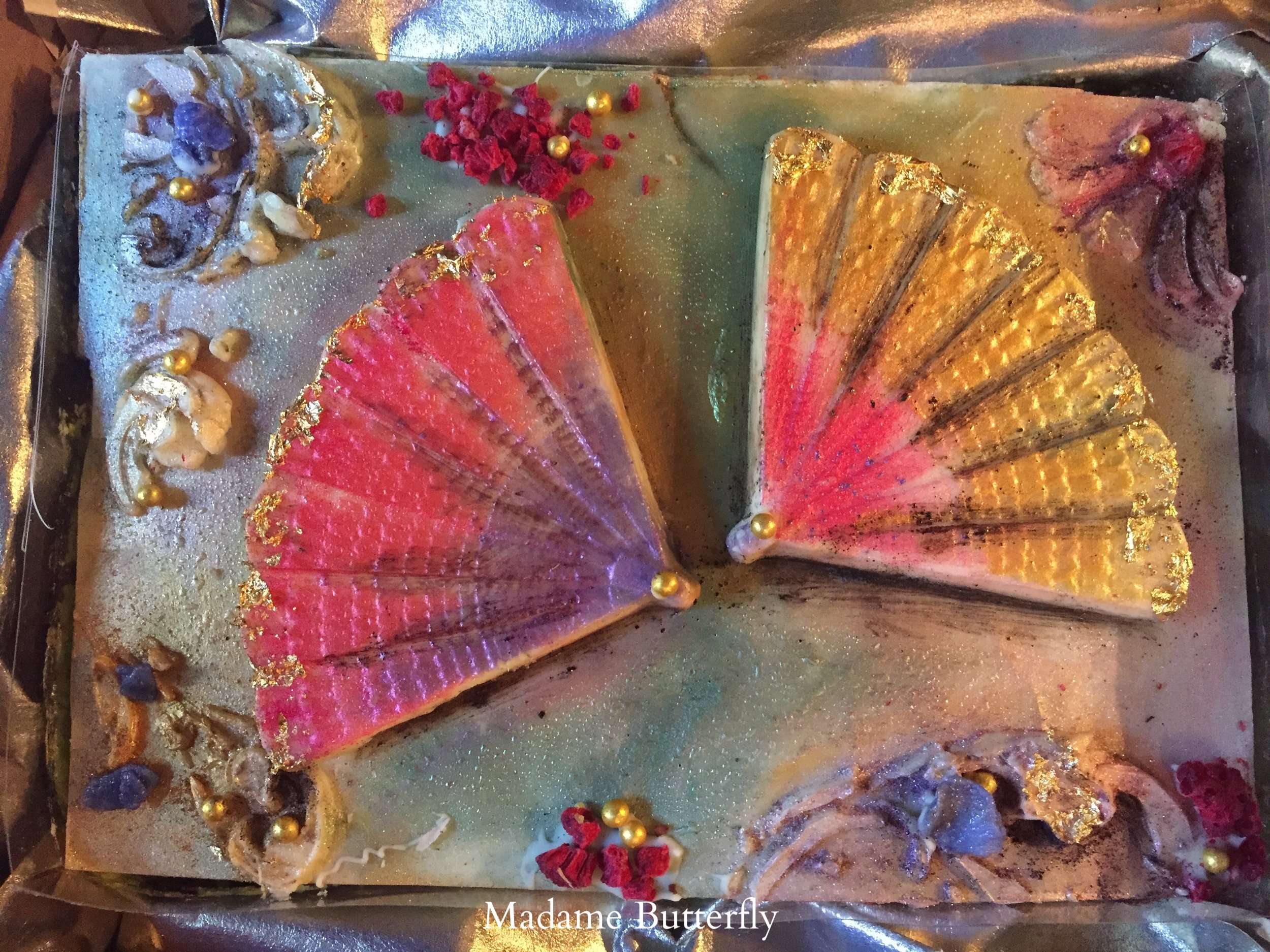A Night at the Opera

A Night At the Opera
Let’s journey into the wilds of making basic traditional French pastry at home without ever going to pastry school! Formally trained or not, it is a tumultuous road littered with macaron rejects and broken custards. However, when you finally get the hang of it, you’ll feel like you’ve conquered Mt. Everest!
I had never really looked at what makes-up the fundamentals of French pastry. Then, one sunny afternoon a friend who was studying at a French culinary school shared with me what he'd been learning in French Pastry 101, and he threw a bunch of French terms at me that I had to look-up one-by-one. It turns out that in my 30 years of baking at home I had, in fact, made a lot of them and just didn't know their fancy terms.
Indonesian desserts and pastries borrowed a lot from the European pastry tradition because, well, Europeans were the colonial power for 400 years. While the Indonesian culinary repertoire seldom calls for dessert per se, we adopted and adapted colonial cuisine and added pastries to our epicurean vocabulary, although we tend to eat these pastries during high-tea instead of after a meal. Most traditional Indonesian meals are ended with fresh seasonal tropical fruit.
Two years ago I stumbled upon a wonderful website by a young Indonesian pastry chef, Talita Setyadi, who is a Le Cordon Bleu graduate in Paris. Like me, she’s also a multidisciplinary artist. I loved all the pastry work featured on her blog and immediately fell in love with her Earl Grey Lavender Opera Cake. After studying that recipe, I expanded my flavor repertoire and approached opera cake as if it were a blank canvas. The potential flavor pairings and the surface area presented such an opportunity for a unique style of cake that fit with my personal aesthetic.
The Opera Cake embodies multiple pastry fundamentals in its neat and distinct layers: there's the sponge known as Joconde, there's a classic cream filling, an elegant ganache and coating that demands properly tempered chocolate. The picture above is a recipe I lifted from the incredibly smooth-accented Bruno Albouze ( Don't you just want him to talk/lullaby you to sleep?) Before I could expand the recipe, I had to understand the fundamentals, which Bruno so elegantly provided, and then I looked to Talita for inspiration, eventually coming to my own unique approach to Opera Cake.








